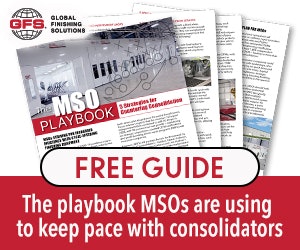


MACH-E MISHAPS
An improper hookup can do some pretty significant damage to an EV and, such as in the case of one Mustang Mach-E driver, cost you thousands.
A Canadian driver posted to the online Mach-E Forum, detailing the harrowing tow experience he had while on a road trip in Florida where damage to his vehicle’s battery left him owing $28,000 in repair costs.
After seeing a “Pull Over Safely” notification flash across the dashboard, the driver did exactly that and called Ford’s Roadside Assistance who quickly dispatched a flatbed tow truck to deliver the vehicle to the nearest dealership.
As it turned out, the tow operator was unfamiliar with EV body structure and hooked a winch onto the Mach-E’s battery rail, causing damage to the batteries.
When contacted about the incident, Ford deferred responsibility to the roadside assistance provider, Agero Roadside Assistance Services, who improperly hooked up the vehicle.
Agero pushed back, claiming that the damage cannot be proven to be the fault of the company and that the battery could have been damaged at any point during the road trip.
The driver did not go into detail in their post about the potential causes of the warning notification that kicked off the series of events but is seeking to fight the hefty repair bill in court on both sides of the border.
As the adoption of electric vehicles becomes all the more prevalent on North American roads, education surrounding these vehicles and their batteries is becoming increasingly more important for all segments of the automotive industry.

SIGNALLING FOR CHANGE
An Albertan tow operator is signalling to provincial legislators a need for better safeguards after one of his employees was hit by a vehicle while attending to a roadside assistance call.
Saskatchewan allowed the use of blue and amber flashing lights for tow operators in 2017 and now Gregg Wilson of APL Towing and Recovery in Spruce Grove, Alta. is calling for similar legislation to come to his province.
Wilson told the CBC that one of his employees was struck by a vehicle on Highway 16, near Range Road 22, while waiting for a blocker unit to arrive early in December, sending the employee to the hospital and badly damaging both vehicles.
Wilson’s driver is now back home from the hospital and is expected to make a full recovery. His boss, on the other hand, is taking the issue to the government and citing a disturbing frequency of incidents such as this.
“We don’t go a day without an incident or a close call,” said Wilson.
There is documented support for emergency lights for tow trucks in Alberta, as indicated by a 2019 petition with 11,000 signatures in support of the idea. The movement was also mentioned in local news outlets a year prior, in 2018.
Jeff Kasbrick, vice president of government and stakeholder relations for the Alberta Motor Association, has also confirmed blue and amber as the most effective colour combination in alerting and raising motorists’ attention.
The AMA, which responds to a high-risk call every 14 minutes, has been lobbying the Alberta government to allow the lights for three years.
“We deploy safety blocker units, we have visible clothing, reflective cones, ongoing training and despite all of that, it’s very clear from our lived experience that more needs to be done,” Kasbrick said.
Kasbrick noted that snowplows in many Canadian and American jurisdictions are allowed to use flashing blue lights.
“We by no means would the first to take action in this regard in Alberta,” he said.




















